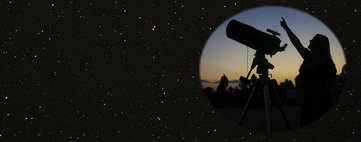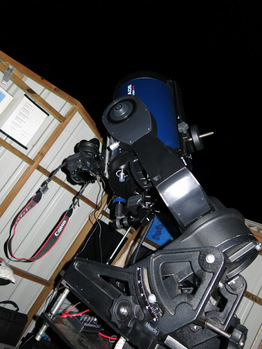 ~ Camera on top of my telescope ~
~ Camera on top of my telescope ~ This is a great way of taking some lovely wide field images of the night sky; you can use your different lenses to capture very wide fields or just concentrate on taking pictures of the constellations.
You’ll need to set up your telescope in equatorial mode by polar aligning your mount or scope. If you live in the southern hemisphere like I do, then you’ll need to polar align on Sigma Octants in the constellation of Octants. If you live in the northern hemisphere it’s just a matter of aligning on the bright star Polaris and your off and running. It’s just so much easier for people who live in the northern hemisphere than us here in the land down under as Polaris is nearly right on the north celestial pole…how lucky you are :-)
The next thing you need to do, is attach your camera onto the top of the tracking telescope, there are many different attachments in doing this relevant to the type of telescope that you have. Just go to your manufactures web site or booklet and they should list the attachments there.
Now taking the images, if you are doing a wide field image the focus will be extremely difficult because the stars are so small, the best thing is to go to the brightest object in the night sky…. like one of the planets or a first magnitude star. Then use the live view in your camera, zoom in to 5+ then 10+ to focus, if you don’t have this feature, then draw the lens up close and try your best to get pinpoint stars.
Now for some test shots, bump up the ISO high (say 1600 or more) so you can take some short shots to see if you are in focus, the infinity sign on the lens is not always correct but if you want, you can start from there and work back. Keep taking images with the in camera long exposure reduction feature turned off so the image comes straight down without the camera doing the dark frame. The last thing you want, is to be waiting around for the camera to do the dark frame…. just make sure you turn it back on when you start to take your real images!
If you’re doing dark frames ignore this advice.
When you think that all is in focus, you are now then ready to take some beautiful images of your night sky, if you have polar aligned correctly then you should be able to image for as long as you want…but be careful as some lenses have coma around the edges, if this happens, stop down the lens and try again until it’s minimal.
Have fun, and I hope you get some great images of your night sky :-)
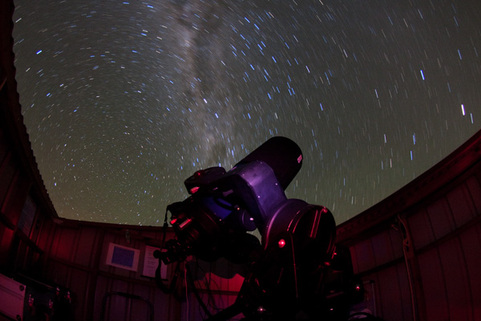
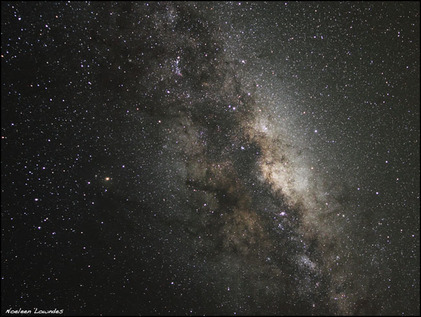
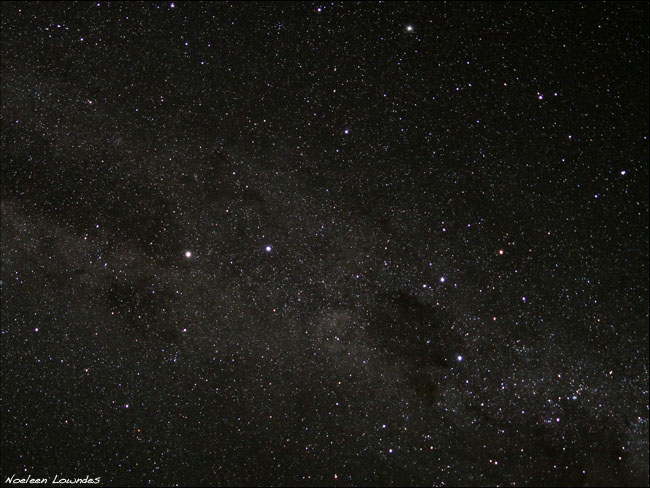
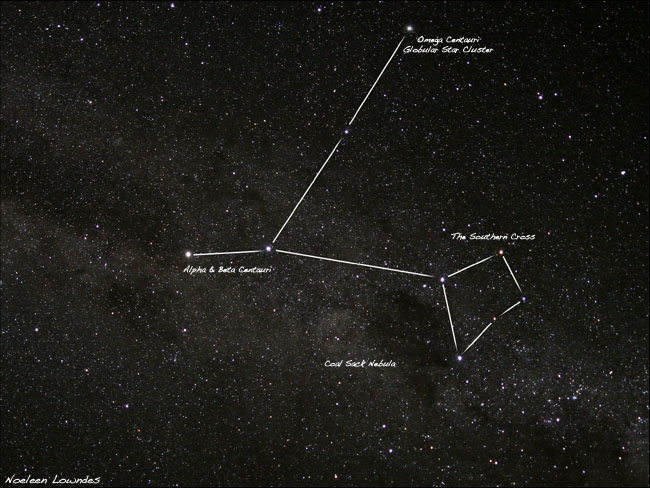
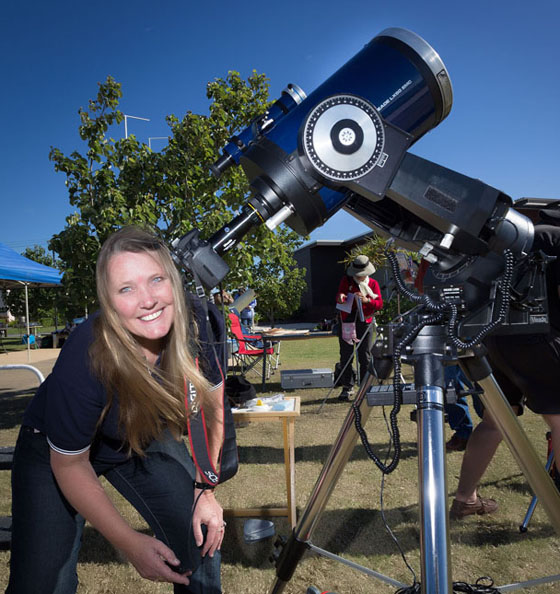
 RSS Feed
RSS Feed
